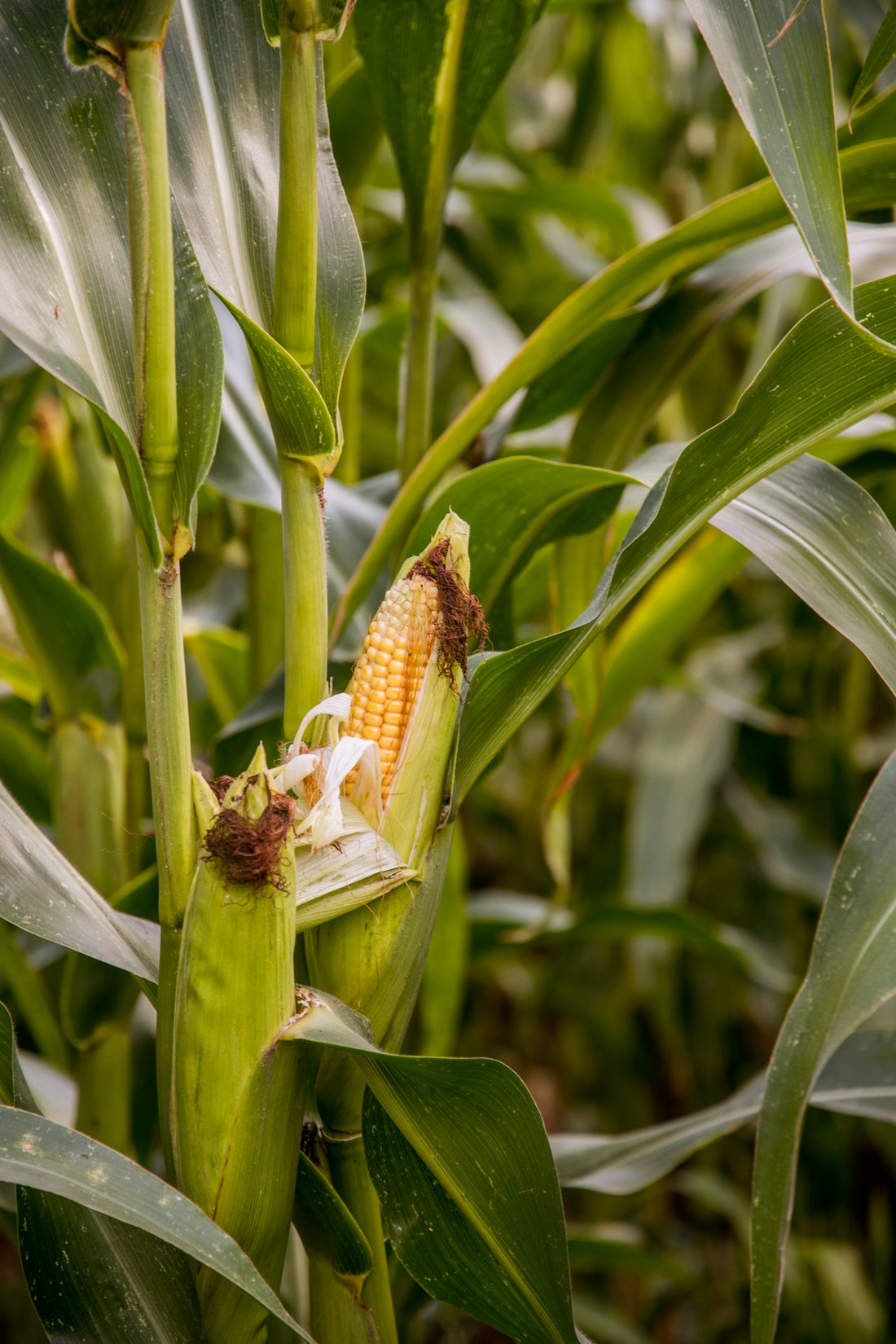Who doesn't love the taste of fresh, homegrown sweet corn?! Whether you savor its classic "old-timey" flavor or crave the candy-like sweetness of modern hybrids, there's no the amazingness of corn. It can be really hard to pick a variety to grow, though, with all the types, levels of sweetness, and what feels like code attached to the seed catalog descriptions. Here, we'll break it down so you get just the corn you want.
Decoding the Sweet Corn Alphabet: Su, Se, Sh2, and Syn
When it comes to sweet corn, the world of acronyms can be a bit bewildering, and frustrating. But fear not, we'll decode the lingo so you can make an informed decision. The key players in the sweet corn arena are:
Standard (Su) Varieties
These classic "old-timey" corns have a sugar content ranging from 5-16%, providing a familiar, traditional flavor. However, their sugars convert to starch relatively quickly, so their shelf life is on the shorter side.
Open-pollinated varieties usually don’t mature all at once and aren’t always uniform in size. This feature can be helpful for home gardeners looking to harvest over a more extended period. They also have a more old-fashioned corn flavor that many home gardeners and seed savers value. The seedlings tend to be more tolerant of insect damage and cool temperatures than their hybrid counterparts.
Sugar-Enhanced (Se) Varieties
With a sugar content of 14-35%, these hybrids offer increased sweetness and tenderness compared to Su varieties. They also boast a longer shelf life, typically 4-6 days when stored at the optimal 34-40°F.
Hybrid sweet corn all mature at the same time, which is a advantage for many. Most hybrids are specifically bred for increased sweetness and the ability to maintain this quality even after harvesting. However, hybrid corn does have a tendency towards weak seedling growth and is not well-suited for cooler soil conditions.
Supersweet (Sh2) Varieties
The true sugar stars of the bunch, Sh2 corns contain 28-44% sugar. These are the sweetest of the sweet, with an even longer shelf life of 9-10 days. However, they require careful isolation from other corn varieties to ensure proper pollination.
Synergistic (Syn) Varieties
A newer hybrid, Syn corn combines the tenderness of Se with the extended shelf life of Sh2, resulting in a truly exceptional eating corn. These varieties need a bit of time to fully plump up, but the payoff is well worth the wait.
The Colors of Corn
Beyond sugar content and shelf life, the visual appeal of sweet corn can also be a consideration. While the color of the kernels doesn't significantly impact the flavor, it can certainly influence the overall aesthetic.
Yellow Corn
Commercially available since the early 1900s, yellow sweet corn has a vibrant, almost pre-buttered appearance that many find irresistible.
White Corn
Offering a more delicate, subtle hue, white sweet corn can be a refreshing alternative to the bold yellow varieties.
Bicolor Corn
The best of both worlds, bicolor corn combines yellow and white kernels for a visually stunning display.
Ultimately, the color choice comes down to personal preference and the overall look you're aiming to achieve in your garden.
Size Matters: Choosing the Right Plant Height
When selecting sweet corn varieties, plant height is an important factor to consider, especially if you're gardening in a windy area. Shorter plants, generally in the 5-foot range, are better suited to withstand gusts compared to their towering 7-foot counterparts.
Planting in blocks rather than long, single rows can also help mitigate wind damage and improve pollination. Open-pollinated corn, which doesn't offer the same uniformity as hybrids, will require a larger block of at least 5-6 rows to ensure proper fertilization. Hybrid varieties, on the other hand, can be planted in slightly smaller blocks of 4 rows or more.
Watering and Mulching
Corn grows best with consistent moisture in the soil, ranging from 50 to 75%. This equates to about 1 to 2 inches of water per week. While some varieties of corn can tolerate mild drought conditions, it is important to ensure that all varieties have an adequate water supply when the cobs are forming. It is helpful to have a source of water nearby to keep the corn plants well hydrated.
Adding a layer of straw during hot weather can help retain moisture for the developing corn. Insufficient water due to drought can result in stunted plants and small cobs. For optimal growth, water in the morning to allow the sun to dry the plants and prevent water from remaining on the ears, which can lead to mildew.
One deep watering session per week is more beneficial than multiple short sessions, as plants absorb water and nutrients through their roots. It is important to take into account any natural rainfall when watering, as excessive watering can lead to nitrogen loss and compacted soil, hindering the growth of corn plants.
Planting Considerations
To extend the harvest, early-maturing varieties can be planted every 2 weeks for a total of 6 weeks. Alternatively, early, mid-season, and late varieties can be planted at the same time. To prevent cross-pollination, it is important to keep different corn cultivars, especially supersweets, at least 400 yards apart or stagger their tasseling by at least 2 weeks.
Here at Isla's, we have loads of corn varieties available to choose from. Check them out and find the corn varieties that meet your taste buds and gardening style!



